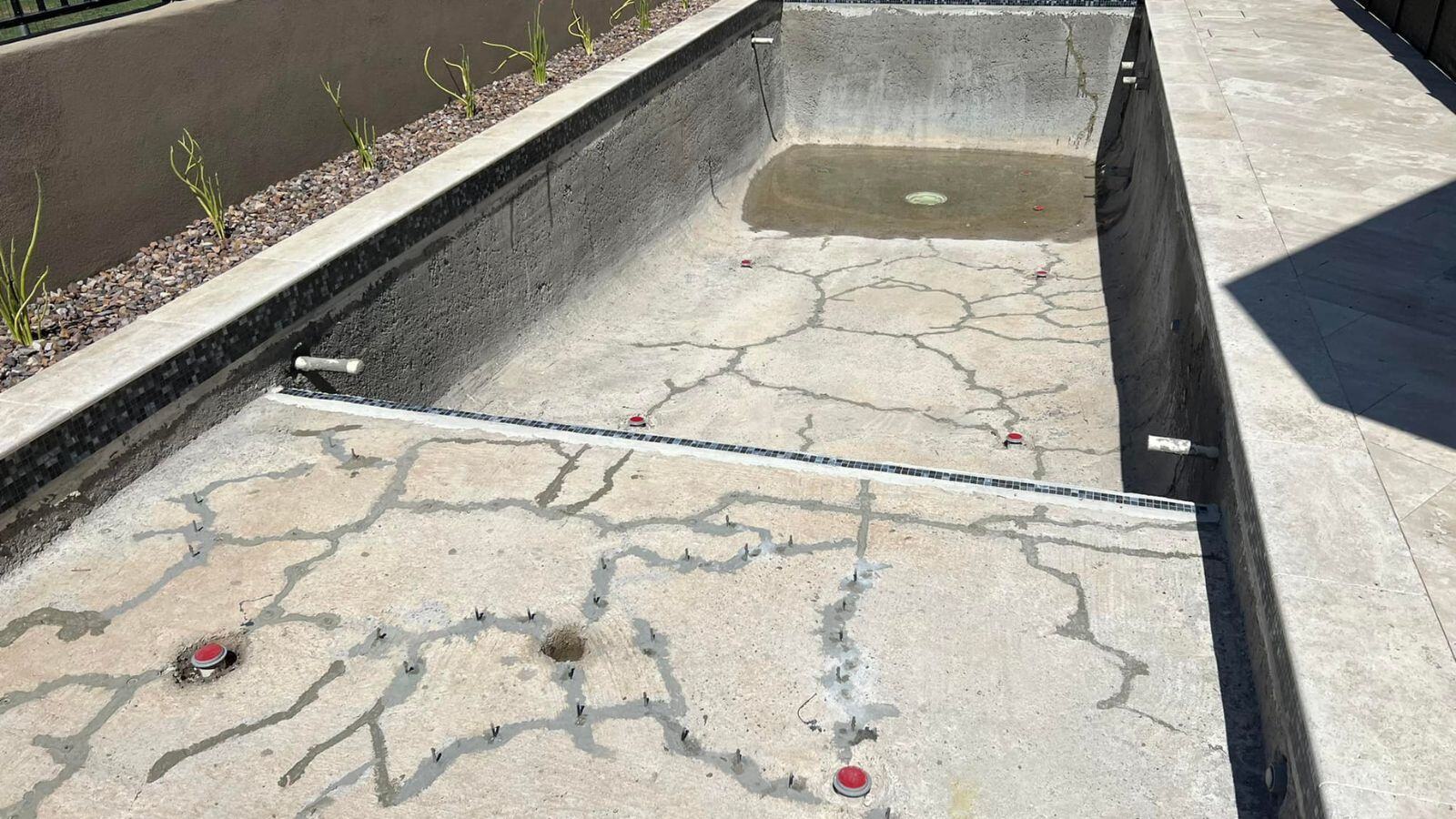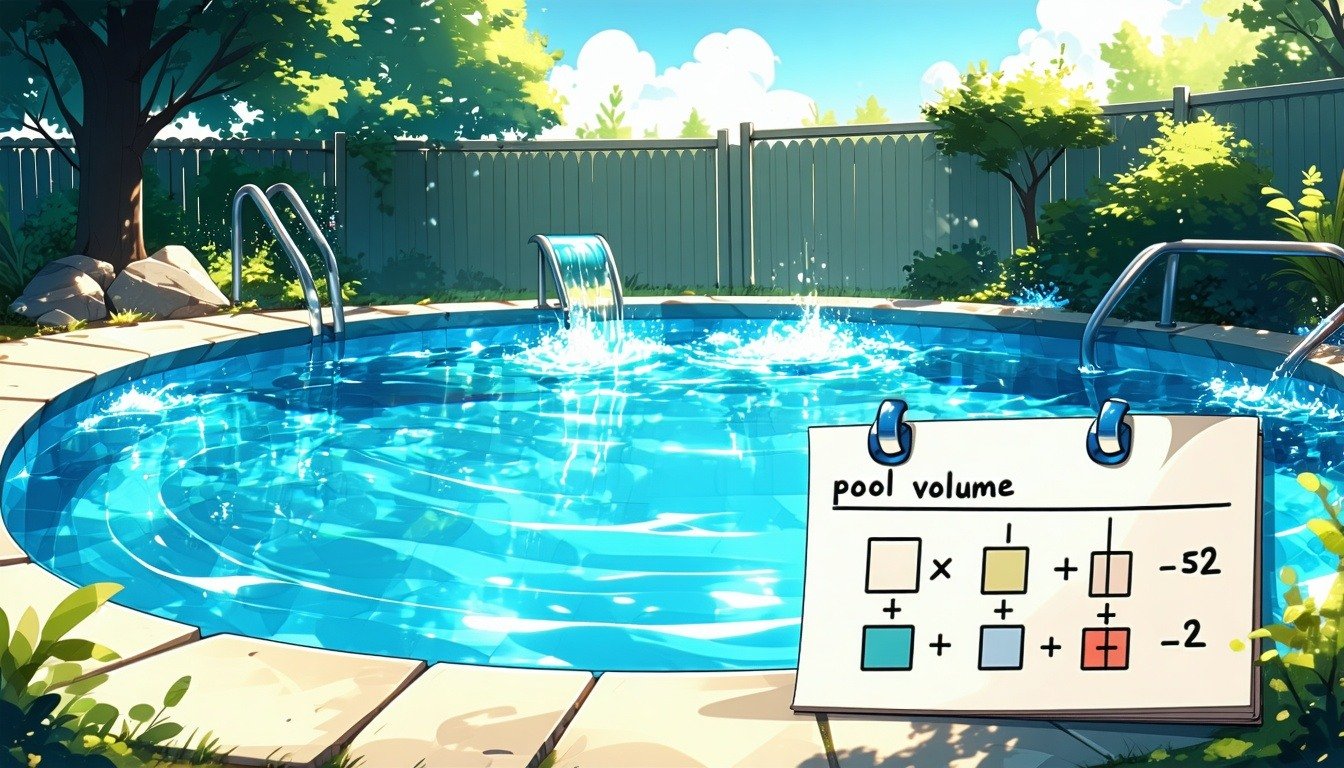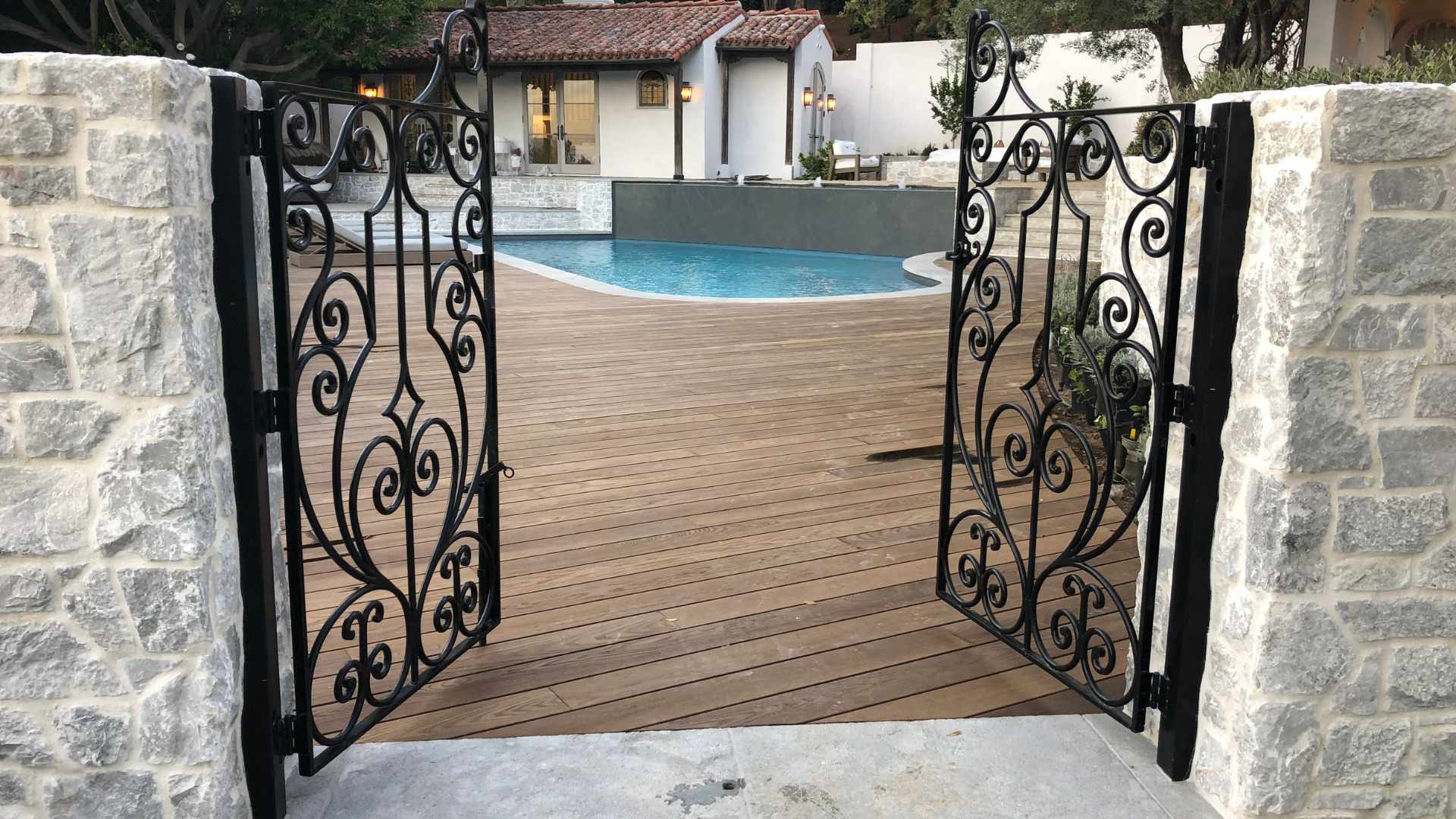How to Cut Pool Chemical Costs with Accurate Volume & Pump Run Time
The Secret Is Knowing Your Pool’s Volume Save money on pool chemicals while keeping your water clean and clear all year.Absolutely, and it starts...
5 min read
JC Escudero : Jun 18, 2025

In this article, we will explore the root cause of the most common pool (structural) cracks. These visible cracks in swimming pools have become an increasing concern among pool owners. These issues are often attributed to concrete shrinkage or structural deficiencies, and in some cases, the problems arise even before the project is completed. What’s causing these persistent and costly issues?
At J Designs Pool & Spa, we prioritize educating our clients on the root causes of pool cracks, the common missteps that lead to them, and the steps we take to avoid such problems altogether. The solutions are often more straightforward than people think. With proper material selection, adequate supervision, adherence to industry codes and regulations, skilled, trained personnel, and a healthy dose of common sense, pool installations can be done right the first time.
This article examines the causes of pool cracks and outlines industry standards, providing practical advice for both homeowners and contractors to ensure a durable and long-lasting pool structure.

Soil stability is essential for the success of any pool installation, and selecting the right site to build your dream pool is key. The chosen location may have inadequate soil compaction or an old-fill site, which you or your contractor may not be aware of. While this article primarily focuses on concrete shrinkage and construction-related issues, soil conditions must not be ignored as the most disregarded contributing factor in pool failures. The most common soil-related cracks are differential settlement cracks, which are visually vertically oriented. They are often wider at the top of the pool wall and narrower as they move toward the floor. Another cause of failure related to the soil is slope creep. This term describes the movement of the land downward. You can detect slope creep when trees or other vertical elements on the hillside point outward rather than straight up.
Even if not required by municipalities, a soil engineer field visit is highly recommended to determine whether the soil is suitable for construction. A professional assessment from a licensed engineer can identify potential issues like expansive soil/clay, poorly compacted soil, or high groundwater levels. Additional steps such as soil stabilization, over-excavation, or drainage systems can help ensure the pool installation’s success if the soil is unsuitable.
The following are red flags that need to be observed before any installation: When two or more different soil types beneath the pool are visible, avoid standing water inside the pool, soil cave-ins (pool wall collapse), and adverse weather conditions such as rain, wind, cold, or high temperatures, which can also increase the risk of failures. Soil engineers widely accept that pool structures should be built on consistent, undisturbed native soil.
When reflective cracks of significant size and length appear in the pool walls or floor, either isolated or multiple cracks that follow a pattern, even on steps and benches where there is a lack of steel or inappropriate concrete coverage, they are considered a sign of shrinkage. Shrinkage cracks are smaller and occur as the concrete cures and loses moisture. Improper concrete mix design, inadequate curing practices, and low reinforcement ratios contribute to this issue. While some degree of shrinkage/movement is expected, poor planning and improper installations can exacerbate cracking and lead to long-term damage.
Improper reinforcement placement, low-quality shotcrete application, and poor construction supervision are common culprits behind structural cracks. Many engineers and contractors rely on American Concrete Institute, ACI 318 and ACI 350 standards, considered bare minimums. These standards recommend a steel-to-concrete ratio of 0.18-0.20%. However, ACI 224R-01 suggests exceeding 0.60% — three times the minimum for better crack control.
![Copy of Copy of [TEMPLATE] Horizontal Blog Visual](https://www.jdesigns.com/hs-fs/hubfs/Copy%20of%20Copy%20of%20%5BTEMPLATE%5D%20Horizontal%20Blog%20Visual.jpg?width=387&height=290&name=Copy%20of%20Copy%20of%20%5BTEMPLATE%5D%20Horizontal%20Blog%20Visual.jpg)
Plumbing placement is a critical yet often overlooked factor in pool construction. When reinforcing steel is properly elevated off the soil (at least 3 inches), placing a 2-inch pipe parallel between the steel and the earth can displace a significant quantity of concrete, creating weak points and changing the dimensions of the structure without the Engineer's knowledge or approval.
Engineers guide best practices in concrete work, but many overlook the plumbing aspects contractors include. It's advisable to discuss these considerations with the project engineer.

When cracks appear, contractors and homeowners often use destructive testing methods to determine the root cause. Coring the shotcrete is commonly used to validate compressive strength, investigate cracks, or evaluate the concrete matrix.
Note: Even if a core sample looks solid, it may test poorly due to low cement content or improper application. Dry mix shotcrete, in particular, is prone to this issue.
Preventing cracks starts with adopting best practices at every stage of construction. The following measures can help pool contractors and homeowners avoid costly structural issues:
A lack of education among contractors and unrealistic expectations from homeowners or designers unfamiliar with these rules often fuel misunderstandings about pool cracks. Homeowners assume cracks should never occur, while contractors struggle to explain the limitations of industry standards.
Ask your contractor these questions to ensure quality work:
Work with engineers to exceed ACI standards and educate clients on realistic expectations for pool construction. With proper training and supervision, avoid defects and get ahead of the construction process. Using unlicensed or inexperienced subcontractors is a growing problem in our industry, and they are often unaware of these harmful practices.
Cracked pools are more than an eyesore; they represent a growing challenge in the pool construction industry. By exceeding minimum standards, using proper materials, and adhering to best practices, contractors can prevent cracks and protect their reputations.
At J Designs Pool & Spa, we’re committed to quality and transparency. Contact us today for expert guidance if you’re planning a pool project or dealing with structural issues. Let’s work together to build a pool that stands the test of time.
Check out our blog article that explains weepers common issue in pool construction.

The Secret Is Knowing Your Pool’s Volume Save money on pool chemicals while keeping your water clean and clear all year.Absolutely, and it starts...

Looking for ways to make your water workouts more exciting and effective?Not sure which gear is best for your age, fitness level, or aquatic goal?In...

Trying to choose the right decking material for your pool area and feeling stuck between natural wood and composite?